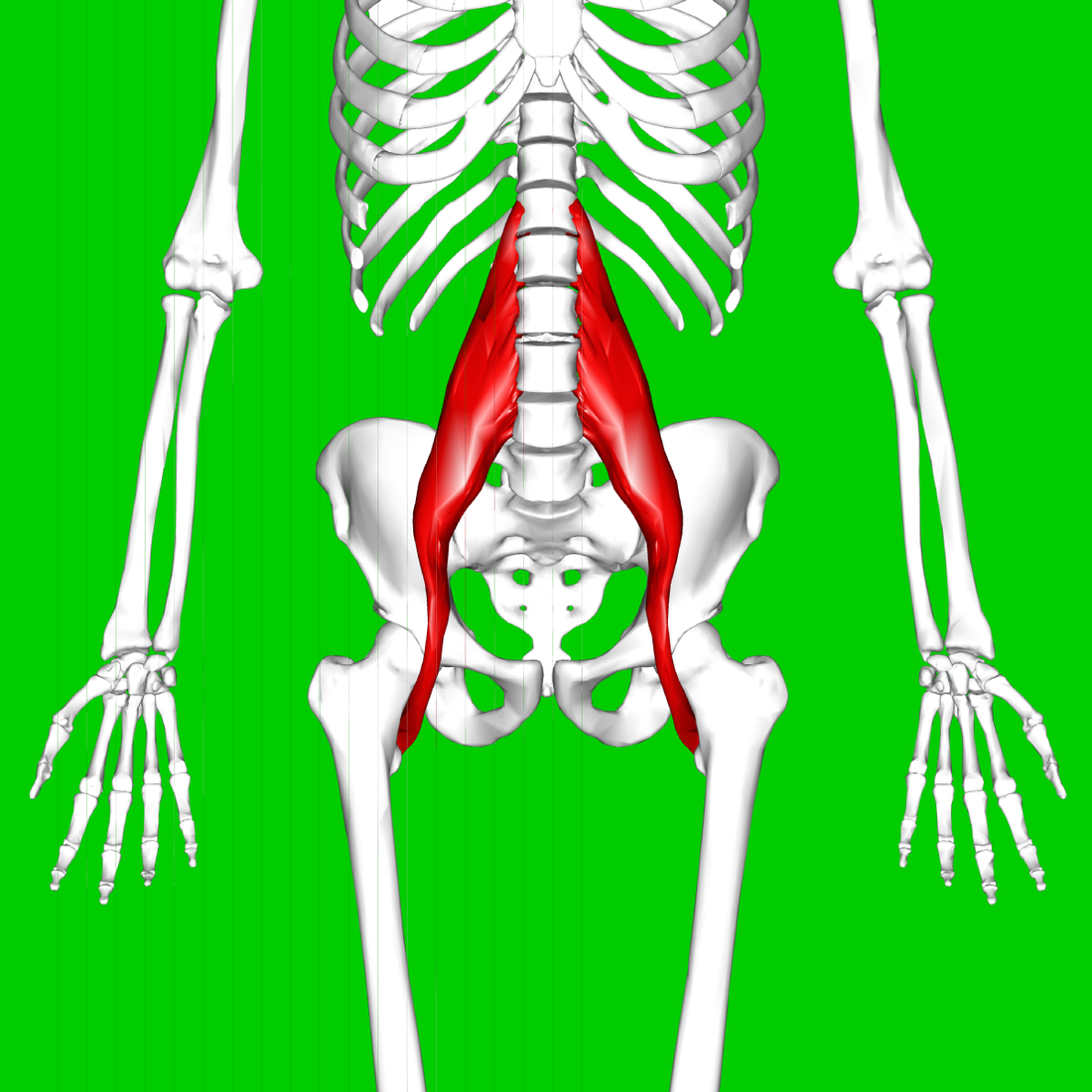

Back and hip pain can be debilitating, affecting our daily lives and overall well-being. While there can be various causes for this discomfort, one factor often overlooked is the hidden survival muscle, the psoas major. This vital muscle plays a crucial role in our posture, stability, and overall mobility. In this blog, we will explore what the psoas major is, why it is essential, and how a simple pressure point release and stretch, using the Rollga foam roller, can provide instant relief from back and hip pain.
The Psoas Major Muscle: An Introduction
The psoas major, commonly referred to as the "psoas muscle," is a deep-seated muscle located deep within the abdominal cavity. It is responsible for connecting the lumbar spine to the top of the femur, essentially bridging the lower back and hip joint. The psoas muscle has earned the nickname "hidden survival muscle" because of its pivotal role in maintaining posture, supporting the spine, and facilitating movement.
Why Is the Psoas Major Important?
-
Postural Stability: The psoas major plays a critical role in maintaining an upright posture. When it is in optimal condition, it helps keep the spine aligned and reduces the risk of poor posture-related problems such as back pain, hip pain, and even sciatica.
-
Core Strength: This muscle is part of the body's core muscles, which are essential for stability and strength. A strong psoas muscle contributes to a stable core, improving overall physical performance.
-
Flexibility and Mobility: A flexible psoas muscle allows for a fuller range of motion in the hip joint, which is essential for activities like walking, running, and bending.
-
Emotional and Physical Stress: The psoas muscle is known to be associated with the body's stress response. Chronic stress can cause the psoas to contract and become tense, leading to discomfort and pain.

The Rollga Foam Roller for Pressure Point Release
Now that we understand the importance of the psoas muscle, let's explore how you can release tension and find relief from back and hip pain using a Rollga foam roller.
-
Choose the Right Rollga Roller: The Rollga foam roller is designed to support the spine's natural curvature, making it an excellent choice for releasing the psoas muscle. Opt for the appropriate size and density to suit your comfort level. The Rollga foam roller is available in 3 densities from soft to the extremely firm PRO model and 2 sizes, the original Rollga roller and the Rollga Point foam roller that is smaller and travels easy.

-
Proper Technique: Here's a simple process to release the psoas muscle with the Rollga foam roller:
a. Lie down on your stomach with the Rollga foam roller beneath you. Position it just below your navel and slightly to the side.
b. Relax and allow your body weight to sink into the roller. You should feel a gentle pressure in the abdominal area. If it 'feels' like you need to go to the bathroom, you hit it just right!
c. Breathe deeply and slowly, allowing the roller to gradually release any tension in the psoas muscle.
d. Hold this position for 1-2 minutes, or until you feel a noticeable release in tension.

-
Stretching: Following the pressure point release, it's essential to incorporate a gentle stretch for the psoas muscle. Here's a simple stretch to try:
a. Kneel on the floor with one knee and place the opposite foot flat on the ground in front of you.
b. Maintain an upright posture and engage your core.
c. Gently push your hips forward, feeling a stretch in the front of the hip on the kneeling leg.
d. Hold the stretch for 20-30 seconds, and then switch sides. AND don't forget to smile:)

Understanding the role of the hidden survival muscle, the psoas major, can be a game-changer in managing back and hip pain. By incorporating a simple pressure point release and stretch routine using a Rollga foam roller, you can find instant relief and improve your overall posture, stability, and mobility. Remember that consistency is key, so make this practice a part of your daily routine to maintain a healthy and pain-free psoas muscle.


1 comment
This most likely is a solution to the pain I am experiencing currently. Feels like someone is trying to pry the top of my femur ,out of my hip socket, wit dull pain around L1-L2.